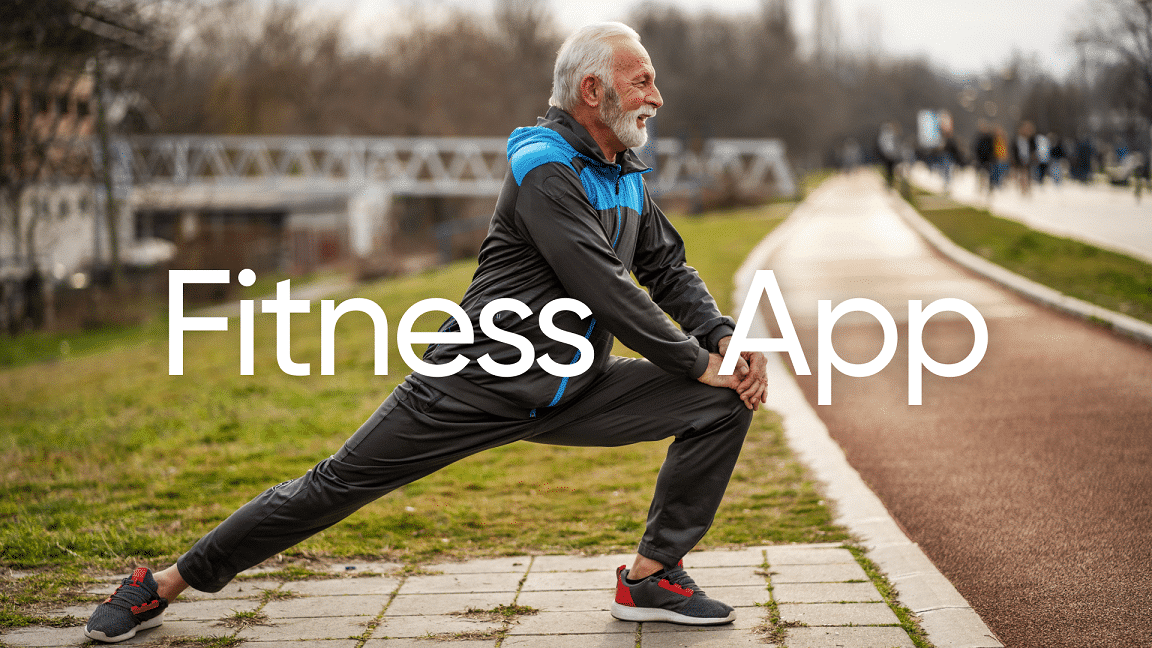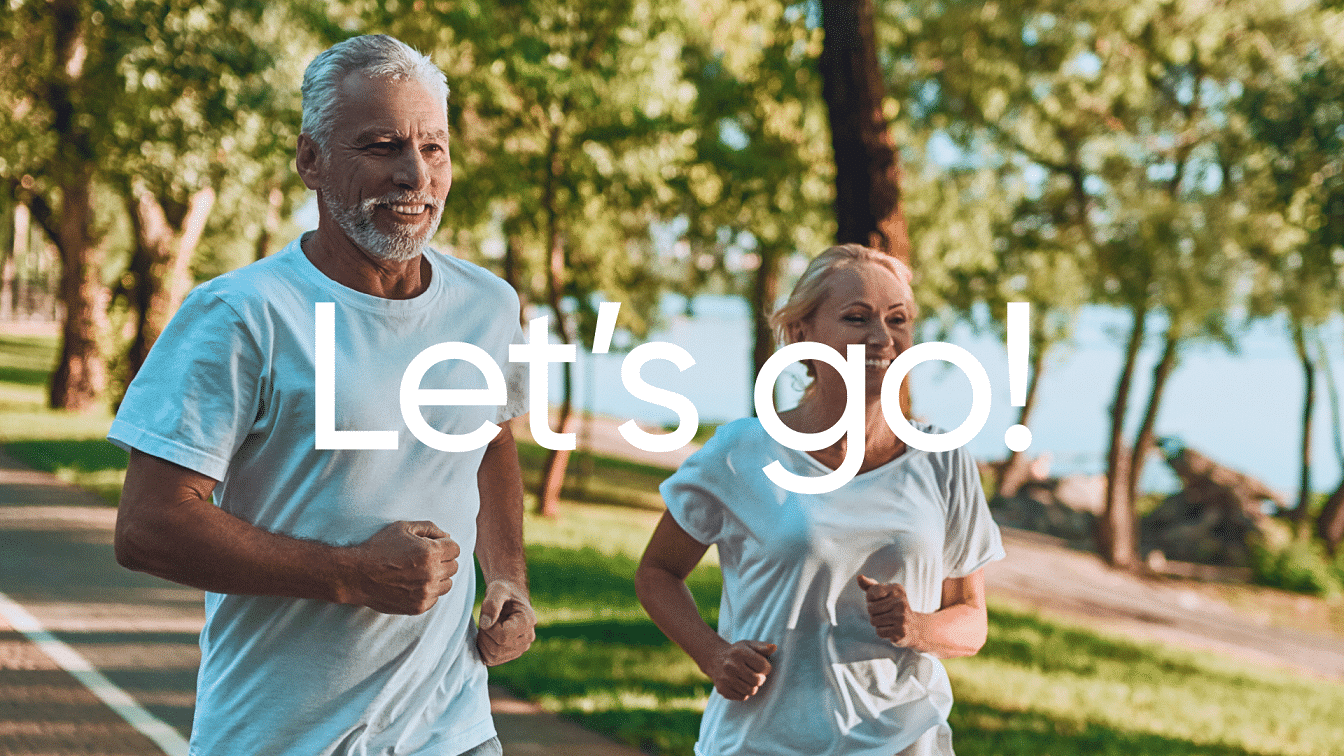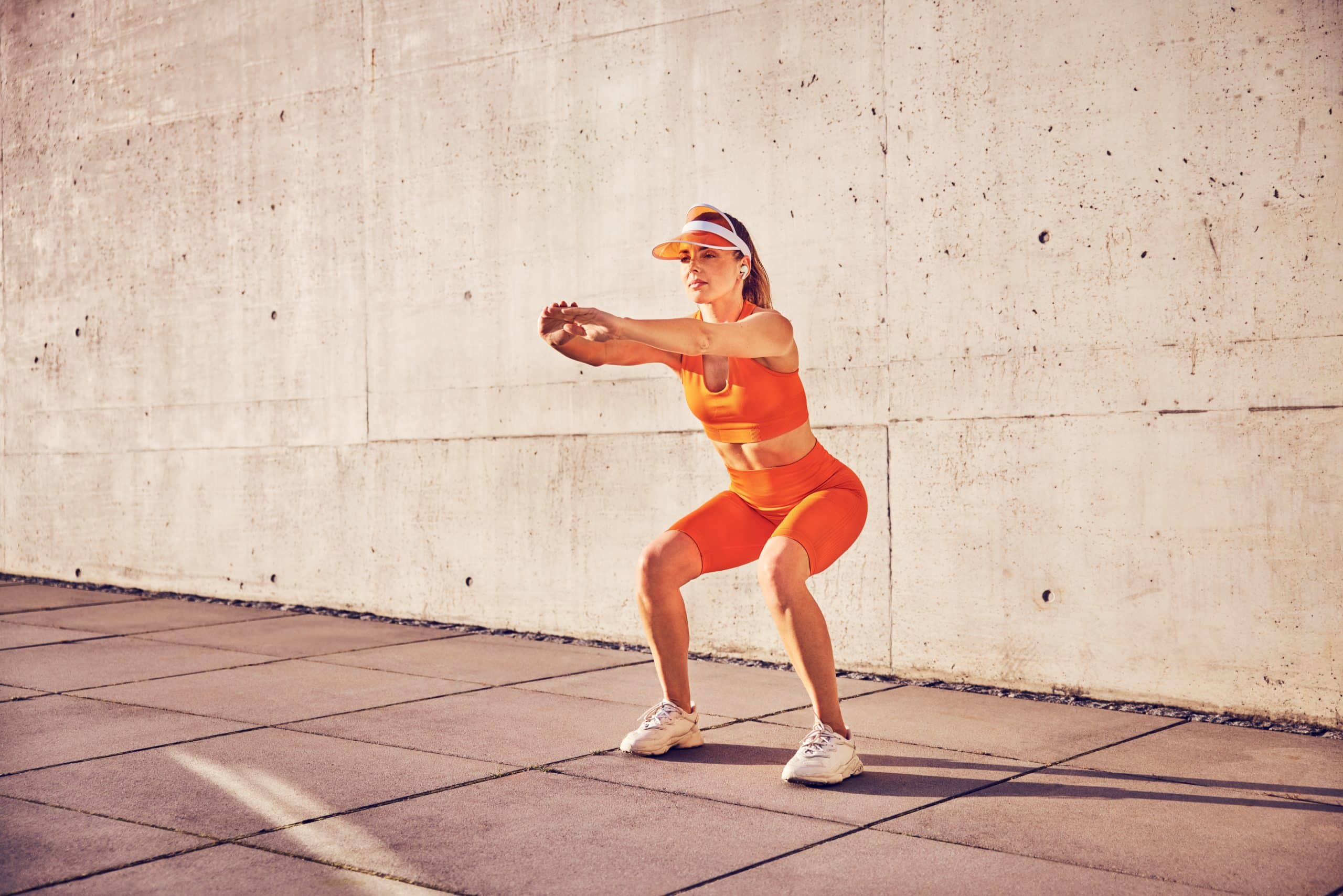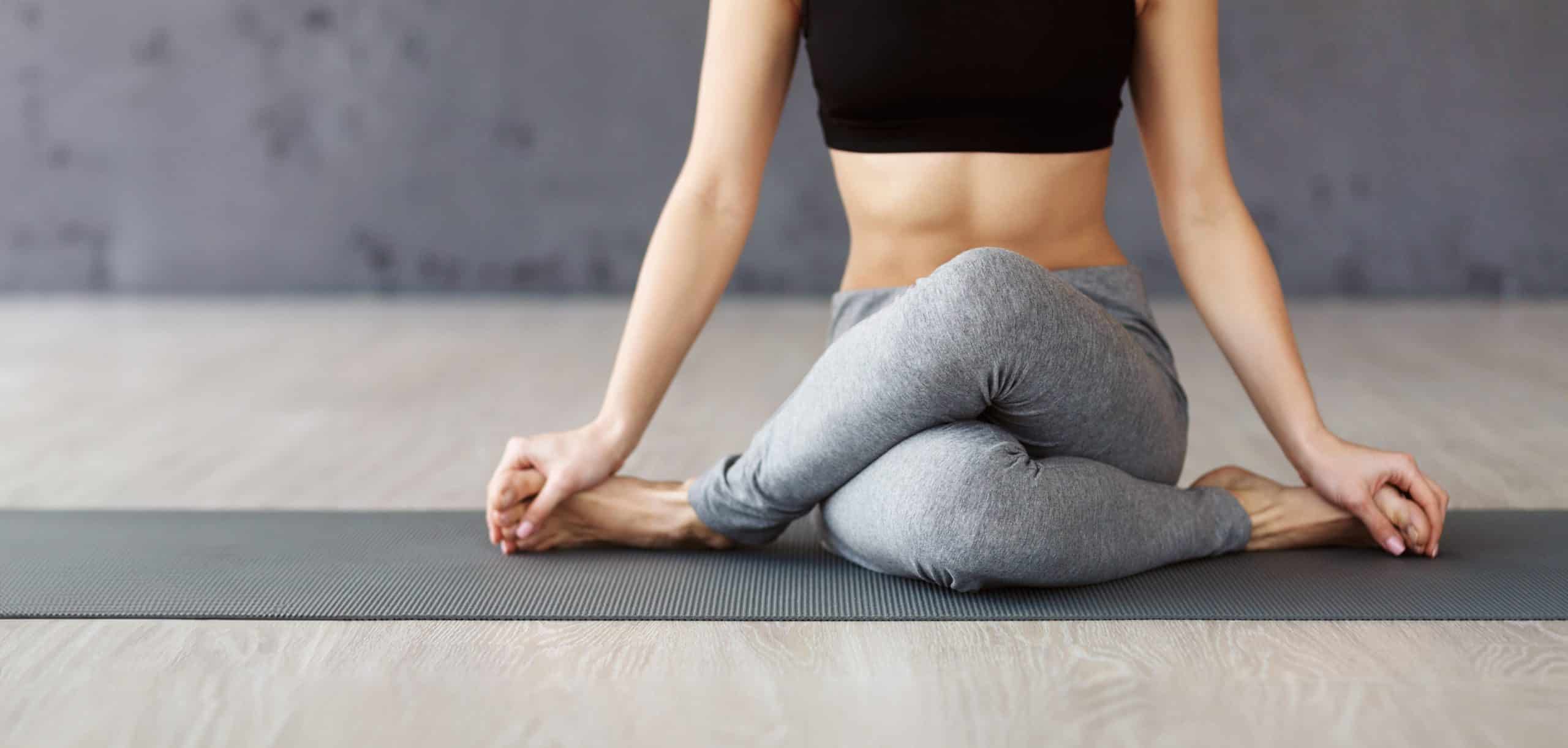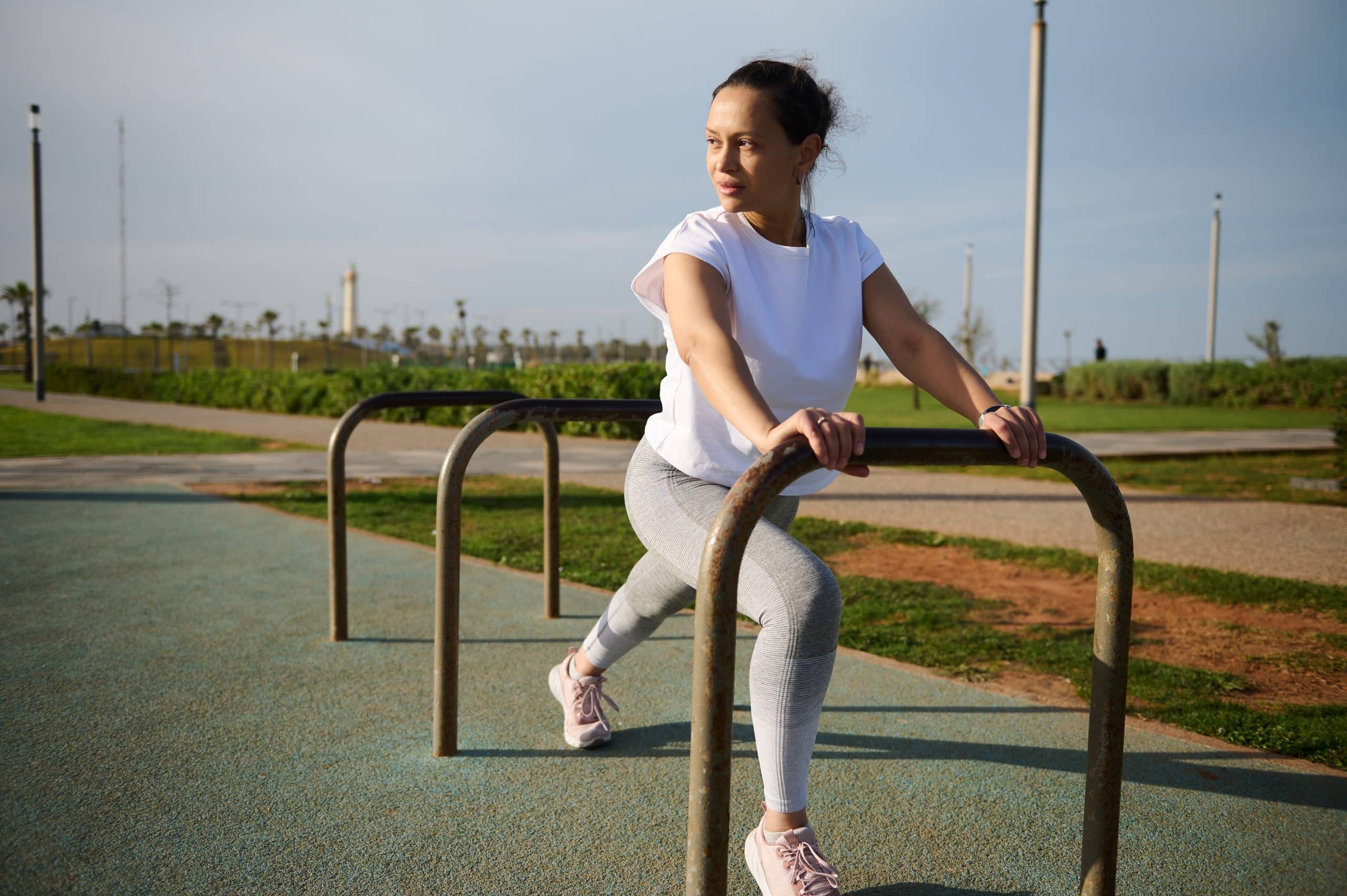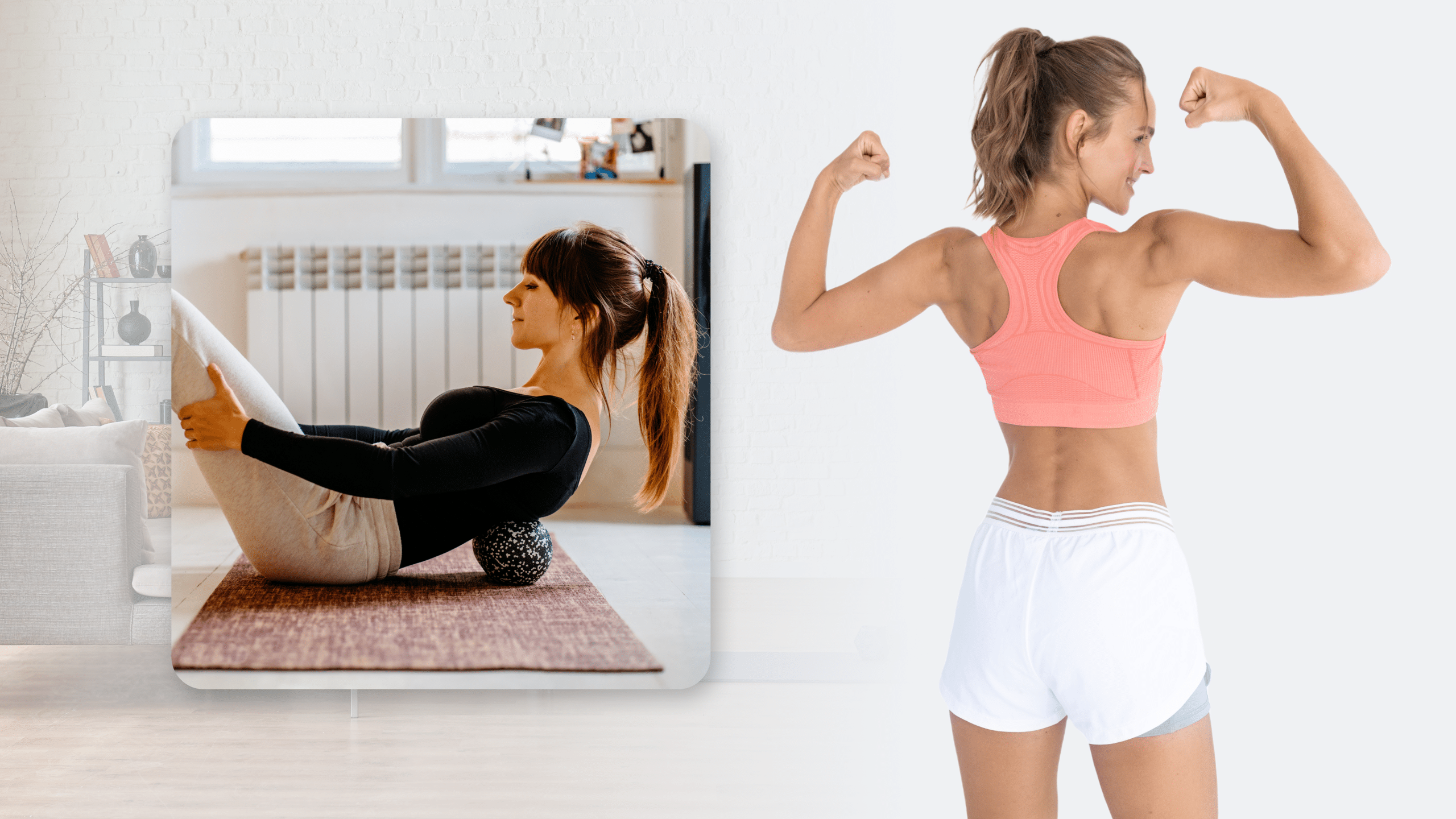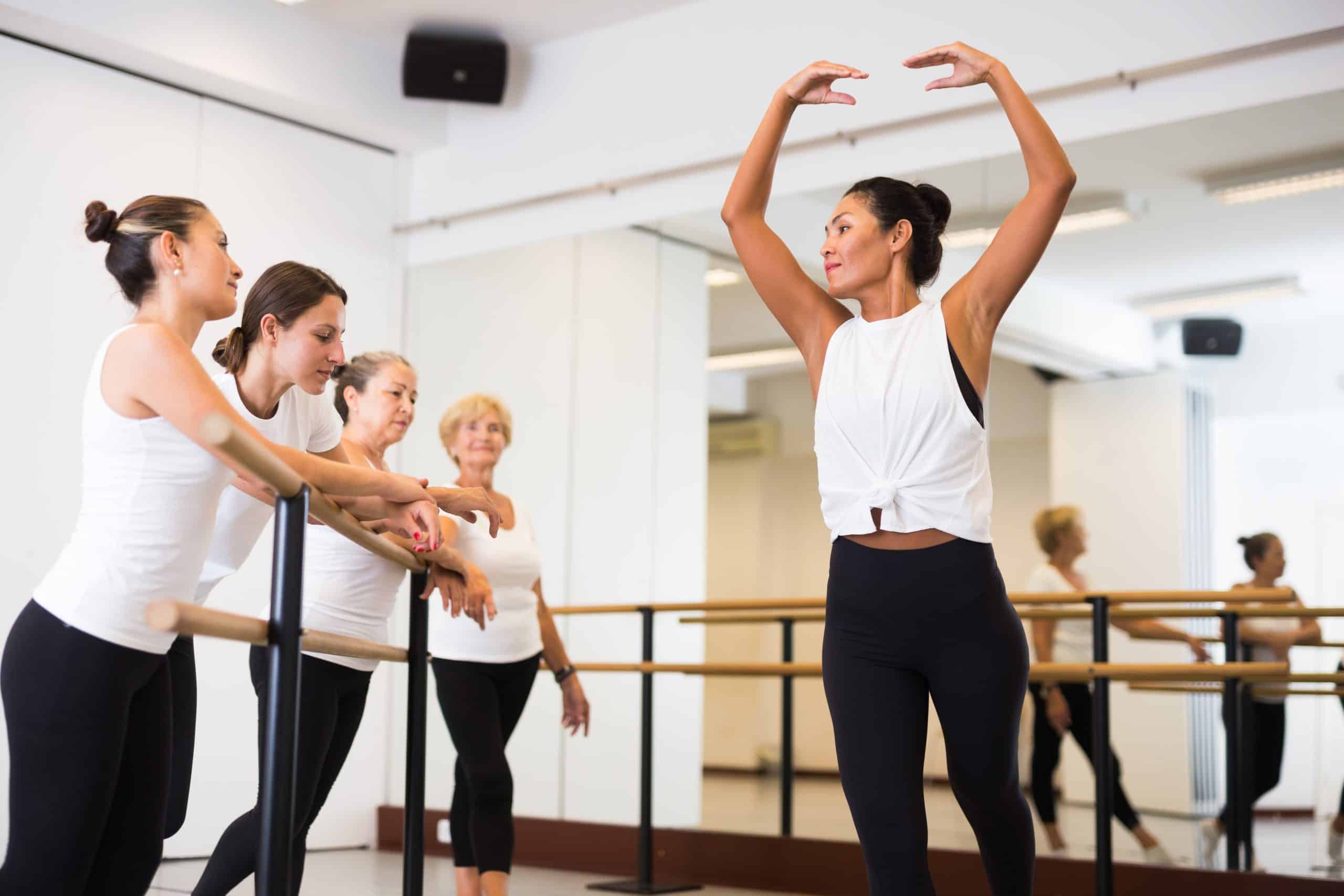The question on how to improve balance is one that constantly bothers many older people. As we age, many people start falling over more and more. Balance exercises for seniors are one of the major things that elderly people can do to help them improve their balance.
What Causes Balance Problems In The Elderly?
Balance problems are one of the major reasons why senior citizens are often falling over. They often find themselves unable to control and maintain their body’s position comfortably whether they are walking, climbing stairs, standing, or even sitting still.
Balance problems can be life-threatening in older people. They increase the risk of falling over which further increases the risk of fatal injuries in people over the age of 65 (1). Here are some causes of balance problem in senior citizens (1, 2, 4):
1. Health Problems
Diseases such as stroke, ear infections, multiple sclerosis, arthritis, and orthostatic hypotension can affect balance in older people.
2. Dehydration
It can lead to body fatigue which reduces muscle efficiency. This further leads to reduced muscle proprioception sensitivity which decreases balance (3).
3. Anxiety And Panic Attacks
These can also cause you to lose your balance.
4. Low Blood Pressure
It causes dizziness, weakness, and fainting, all factors that increase a risk of injury from falls.
5. Peripheral Neuropathy
The damage to the nerves outside of the brain and spinal cord often causes weakness, numbness, and pain in your hands and feet. This further leads to difficulties in walking affecting your balance.
6. Vision Problems
Your eyesight worsens as you age and if you cannot see where you are going or what is in front of you, you are likely to fall over.
7. Neurological Problems
Some neurological problems such as cervical spondylosis and Parkinson’s disease lead to balance problems.
Read More: Core Exercises For Seniors: Your Exercise Days Aren’t Behind You
Balance Training Exercises For Seniors
Balance training can also be referred to as gait training. This is a form of physical therapy that can help improve ability to stand and walk in seniors and people who have had an illness or injury that affects their ability to get around (5).
Those in physical therapy may also be required to use assistance devices such as crutches, wheeled or standard walkers, quad and standard canes to help them walk better. Some exercises for balance and gait training include (6):
- Range of motion exercise. They help the injured party to regain and maintain normal range of motion in their joints.
- Lower body strength training. If your lower body is weak, it will affect your balance, flexibility, and coordination which can make you fall over. Exercises such as mini-squats, step-ups, and quad arch can help with this.
- Retro walking aka back walking is also a fantastic option for balance and coordination exercises for seniors. It is beneficial for flexibility, step length and stride length, as well as quadriceps activation.
What Exercises Are Good For Balance In Seniors?
Seniors who are looking to improve their balance to avoid falling over have two options of movement that they can use. They can use either static or dynamic balance exercises for seniors.
Dynamic exercises or stretches, are active movements where joints and muscles go through a full range of motion. On the other hand, static balance exercises for seniors are where muscles are extended and held for a period of time (11).
In this list we have included both dynamic and static balance exercises for seniors that can be done simply from the comfort of their homes.
Tai Chi
For most people, tai chi would be considered as a self-defense technique or as a form of meditation in motion (7). While both of these factors are true, this ancient chinese tradition is also good for your overall health and can be used as a low-impact workout for muscle control, stability, balance, and flexibility in older people.
One study showed that this workout not only improves balance, stability, and flexibility in older people, but it can also help reduce pain, especially from knee osteoarthritis, back problems, and fibromyalgia (8). Another review done in 2017 revealed that this form of workout can prevent falls in older people by up to 50 percent (11).
Another controlled trial done in 2018 showed that tai chi helps to reduce the fear of falling, which is in itself a risk for falling (9). Here are three tai chi moves that can help with balance and flexibility for seniors.
One-Leg Balance
- Stand holding on to the back of a chair or a counter.
- Balance on one leg and then the other for 30 seconds, working up to one minute on each side.
- As that becomes easy, use only one hand or just your fingertips for support, or hover your hands two inches above the chair back or counter.
The Windmill
- Start by standing with your feet slightly wider than shoulder-width apart.
- Relax your shoulders and let your arms hang loosely by your sides.
- Inhale and raise your arms above your head.
- Stretch toward the ceiling and arch your back slightly.
- Exhale and slowly bend toward the floor and move your hands down the center of your body.
- Bend forward at your hips and let your arms hang loosely in front of you.
- Inhale and return to your standing starting position.
Side-To-Side Warm-Up
- Start by standing with your legs slightly wider than hip-distance apart, with a slight bend in your knees.
- Slowly start shifting your weight from left to right. Your arms should be resting at your hips, or you can let them hang at your sides. If you feel like you may fall over, you can also rest your hands on a chair back for support.
- Continue to slowly and with control, shift your weight onto one leg, supporting about 70 percent of your weight on that leg. Then switch to the other leg.
- Repeat at least 3 times.
If you’ve mustered up the courage to crush your weight loss goal, let Betterme take the sting out of this demanding process. Our app will help you restructure your habits, remold your life and crank up your fitness results!
The Best Balance Exercises For Seniors
If tai chi is not the exercise for you here are some other exercise options to improve balance for seniors.
Tightrope Walk
Tightrope walks are great balance exercises for seniors as they can easily be done anywhere. Here is how to do it:
- Stand at one end of the hallway with your hand gently rested against the wall.
- Walk forward slowly moving your feet one in front of the other as if you were walking on a tightrope.
If you would not like to use the wall for support, you could also do this exercise in wide open places.
- Tie a string to two poles and then pull it taut. You could also place some tape in a straight line on the floor.
- Hold your arms out wide to the sides or place them on your hips.
- Walk on the string without stepping off to the side.
- Walk at least 15 steps.
Single-Leg Deadlifts
Not only do they strengthen your hamstrings and glutes, but they also strengthen your core and a stronger core means better balance. Because these are done on one leg, they make good balance exercises for seniors.
- Begin by standing with your feet close together and put most of your weight onto your right foot.
- Stare at a focal point on the floor in front of you and slowly lower your torso to the ground while lifting your left leg behind you. Keep your spine neutral and reach your hands toward the floor.
- Stop when your back is parallel to the floor. Keep your right knee soft.
- Squeeze your hamstrings, glutes, and abs as you slowly raise back up and return your back foot to the floor.
- Switch sides. Try for 8 deadlifts on each side.
Older people can use a chair or wall to help them with their balance.
Rock The Boat
- Start by standing with your feet hip-width apart.
- Ensure to press your weight into both feet firmly and evenly.
- Place all your weight onto your left foot and slowly lift your right foot.
- Hold for up to 30 seconds. If you cannot hold it for 30 seconds, try doing 5 seconds and slowly over a couple of days, work up to 30 seconds.
- Slowly lower your left foot to the floor and repeat on the other side.
- Do five to 10 times on each leg.
Seated Bicycle Crunches
Crunches are often used to help reduce belly fat and create abs. What most people do not realize, however, is that a strong core doesn’t only improve your posture and reduce stress and pain in your lower back, but it also stabilizes your balance.
Seated crunches are a simpler variation of the original bicycle crunches. It is a fantastic exercise to improve balance for seniors. Here is how to do them:
- Sit in a sturdy chair.
- Ease back into a comfortable position on your sit bones with your hands holding the chair for extra stability.
- Lift both legs up and bend your knees. Make biking motions with your legs.
- Do this cycling motion for ten times on each leg.
Heel-To-Toe Walking
While this workout is often used for kids, with a little modification, they make great balance and coordination exercises for seniors.
- Start in the kitchen holding on to a counter.
- Simply place one foot in front of the other, walk in a heel-to-toe fashion until you run out of the counter space.
- Repeat up to 10 times.
Reasons why BetterMe is a safe bet: a wide range of calorie-blasting workouts, finger-licking recipes, 24/7 support, challenges that’ll keep you on your best game, and that just scratches the surface! Start using our app and watch the magic happen.
Leg Swings
- Stand on your right leg and raise the left leg three to six inches off the floor.
- With arms at your sides, swing your left leg forward and backward, touching the floor for balance, while keeping your torso erect.
- Once you get the hang of this, repeat the moves, but don’t allow your foot to touch the ground. Swing the left foot to the left side, holding the right arm out.
- Switch legs and repeat.
Standing Back Leg Raises
Standing leg raises work on your mobility and flexibility and thus are great balance and coordination exercises for seniors.
- Stand up tall holding onto the back of a sturdy object like a chair or resting your hands on a wall.
- Raise one leg, pressing it straight back behind you, and squeeze your glutes at the top of the motion.
- Pause for 3 to 5 breaths and then slowly lower your leg returning to the starting position.
Standing Clock Reaches
- Begin by standing and holding a chair with your left hand. Imagine a clock with 12 o’clock in front of you and 6 behind.
- Stand on your left leg, bring your right arm to 12 o’clock and reach to 3 o’clock to your side, and 6 o’clock towards the back. Repeat with the other side.
Alternating Vision Walks
- Start at one end of the room and plant your feet hip-width apart.
- Look over your right shoulder and take four or five steps forward while maintaining this head position. Pause and turn your head to look over your left shoulder.
- Then, take another four or five steps.
- Repeat five times on each side.
For a more challenging exercise, hold a weight against your chest during the exercise.
Squats
Younger people may use this workout to grow their glutes, but for older citizens, squats are beneficial as they can help them retain balance and strength. They enable them to strengthen and increase flexibility in knees, calves and glutes.
- Start with your feet hip distance apart, toes pointing forward.
- Let your body lean slightly forward and engage your abdominals as you bend your knees as though you’re sitting down.
- Hold this position for about five seconds, and then rise back up to your start position.
- Repeat eight to 10 times.
To prevent falling over, hold on to something sturdy, such as a table or wall.
Lunges
They are also great for balance and flexibility in older people.
- Begin by standing tall with your feet hip distance apart and toes pointing forward.
- Take a big step forward while letting your back knee bend toward the floor without touching it.
- Use your front leg to push yourself back up to your start position. If you need a little help, simply place one hand on the wall.
- Repeat this movement up to 12 times on each leg.
Read More: Squats vs Lunges: Which One of These Time-Honored Exercises is More Effective?
Yoga
Like tai chi, yoga is a fantastic and gentle workout that can be easily done by seniors. Here are some balance training exercises for seniors using yoga poses.
Downward Facing Dog
This is a simple variation that uses a chair. While downward dog is often done all the way to the floor, using a chair is better for anyone who might find it harder to get down to the floor.
- Stand facing the base of the chair. Inhale and lift your arms overhead.
- Exhale and place hands on the chair’s base. If you cannot reach the base of the chair, bend your knees slightly.
- Slowly walk the feet backward and lift the hips until you ease into a down-dog position (your body should form a triangle).
- To get out of the pose, slowly walk the feet forward to where the body is in a forward fold. Roll the body up one vertebrate at a time to return to a standing position.
For older people with wrist issues, they can further modify this move and do the Forearm Downward Dog instead.
- Start on your hands and knees. Your wrists should be underneath your shoulders, and your knees underneath your hips.
- Inhale as you tuck your toes under your heels. Then exhale to lift your hips, coming into Downward Facing Dog.
- Spread your fingers wide and lower your forearms to the mat. Check to make sure you’re creating a straight line between your elbows and middle fingers. Try to straighten your legs and lower your heels toward the ground as much as you can. Your heels should be slightly wider than your toes, so the outside edges of your feet are parallel with the outside edges of the mat.
- Relax your head between your arms, and direct your gaze through your legs or up toward your belly button. Hold for five breaths.
Tree Pose
This is not only great for balance, but it also helps work out the core and leg muscles too, opening your hips and stretching your inner thighs and groin muscles in the process.
- Begin by standing tall and firm on the floor or on an exercise mat. Ensure that your weight is distributed equally on all four corners of each foot.
- Shift your weight from one foot to the other, slightly lifting one leg. Make sure that the leg on the floor bearing your weight does not lock at the knee.
- Bend the raised leg at the knee and bring the sole of this foot high onto the inner thigh of the other leg.
- Press your foot into your thigh and your thigh back into your foot with equal pressure.
- Do not look down. Instead, focus your gaze onto something that doesn’t move in the distance. This ensures that you are able to hold your balance without falling over.
- Stay in this position for 5 to 10 breaths before lowering the leg and switching to the other side.
Mountain Pose
Also known as Tadasana this is a great yoga pose that can help with balance and coordination for seniors. This pose improves posture, strengthens your thighs, knees, and ankles, firms your abdomen and buttocks, relieves sciatica, and reduces flat feet.
- Stand tall with your feet together, keep your shoulders back, neck firm and straight, and tuck the chin slightly.
- Rest your arms by your side with palms facing in front of you.
- Engage your thigh muscles, lift your kneecaps, and envision a straight line connecting your pelvis to the top of your head.
- Connect to the ground beneath your feet.
DISCLAIMER:
This article is intended for general informational purposes only and does not address individual circumstances. It is not a substitute for professional advice or help and should not be relied on to make decisions of any kind. A licensed physician should be consulted for diagnosis and treatment of any medical conditions. Any action you take upon the information presented in this article is strictly at your own risk and responsibility!
SOURCES:
- Balance Problems (2016, healthinaging.org)
- Balance Problems and Disorders (2017, nia.nih.gov)
- Effects of Dehydration on Balance as Measured by the Balance Error Scoring System (n.d., digitalcommons.fiu.edu)
- Gait and Balance Disorders in Older Adults (2010, aafp.org)
- Gait Training (2017, healthline.com)
- Gait Training Exercises In Physical Therapy (2020, verwellhealth.com)
- Tai chi: A gentle way to fight stress (2020, mayoclinic.org)
- Tai Chi and Qi Gong: In Depth (2016, nccih.nih.gov)
- Tai Chi Chuan can improve balance and reduce fear of falling in community dwelling older adults: a randomized control trial (2018, ncbi.nlm.nih.gov)
- Tai Chi for Risk of Falls. A Meta-analysis (2017, pubmed.ncbi.nlm.nih.gov)
- The Benefits of Dynamic Stretching and How to Get Started (2019, healthline.com)






